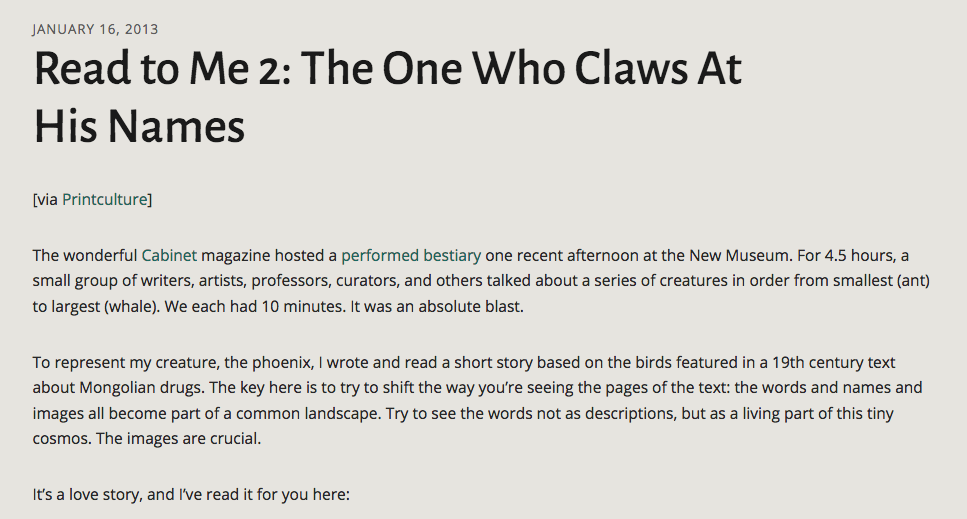ASTRONOMY
- reading: Nature (Roman de la Rose 246-299)
TUESDAY
1 Field-trip to the Day of the Dead offerta, Buchanan Tower lobby. Some more about the Day of the Dead in Vancouver and the William French HIST 357 class:
- http://las.arts.ubc.ca/2012/day-of-the-dead-celebrations-in-vancouver/
- http://las.arts.ubc.ca/2013/day-of-the-dead-celebration-2/
- http://las.arts.ubc.ca/2014/day-of-the-dead-altar-in-buchanan-tower/
- http://las.arts.ubc.ca/2015/day-of-the-dead-altar/
- http://las.arts.ubc.ca/2015/exhibition-day-of-the-dead/
- http://dayofthedeadexhibit.ca/ (Granville Island, to 15 November)
2 Discussion of blog questions & comments on week 8
3 Start of individual mappings of the Roman de la Rose
THURSDAY
- student presentation & class discussion
- Nature, the natural sciences, the natural cycle
How Nature depicts her world
What Nature is complaining about
(Alain de Lille & satire on Tuesday next week…)
- A QUESTION TO CONSIDER:
The story of Pygmalion, its relationship to Genius & Nature on creativity, and what the difference is between:
a stone-mason and a sculptor?
a carpenter and a carver?
a metal-worker or a smith and a jeweller (we can also discuss the interesting in-between-or-both case of goldsmith & silversmith)?
craft and art?
Art, psychogeography (see also: RHETORIC group notes), and ideas of making and finding, materials and sense, and making sense of and understanding
- A BONUS IDEA TO CONSIDER:
We’re thinking about astronomy, heavenly bodies, and a multiverse; about curiosity, innovation, and universality; and in today’s presentation our whole medieval world expanded, in several directions and dimensions.
This included zooming in on two small parts of the Roman de la Rose. One of them was a marvellously multicultural phoenix; in a whole Rose universe that might be visualised as a constellation of such vignettes and short stories. Some are more fixed in one specific culture or associated with one specific author or written work; some move around; some are hybrids; and some are also stars and constellations, in the Greco-Roman world, or the 13th century French one, or the larger surrounding world at that time.
Here is another phoenix, in a work by a UBC colleague, Carla Nappi, around an idea of “creative misreading” that is related, and that’s also related to the work of commentary and of questioning: in the weekly blog, in the “higher” work of “higher education,” and in what may be more familiar as “the scientific method.”
Carla also has work on constellations that might be of interest to you; starting for example with “Working Paper – “Magical History, A Lion’s Tail, and A Lock of Hair,” 12 April 2015, https://carlanappi.com/2015/04/12/working-paper-magical-history-a-lions-tail-and-a-lock-of-hair/ (this is a written text, with inages, about a constellation that has different names and stories attached in different cultures).
For more on creative reading (with visuals), see: David Rifkind, “Misprision of Precedent: Design as Creative Misreading,” Journal of Architectural Education 64.2 (2011): 66-75; on “misprision”: Harold Bloom, The Anxiety of Influence (1973).
Without further ado or tangent or side-note reference: over to Carla:
Carla Nappi, “Read to Me 2: The One Who Claws At His Names,” 16 January 2013, https://carlanappi.com/2013/01/16/read-to-me-2-the-one-who-claws-at-his-names/

